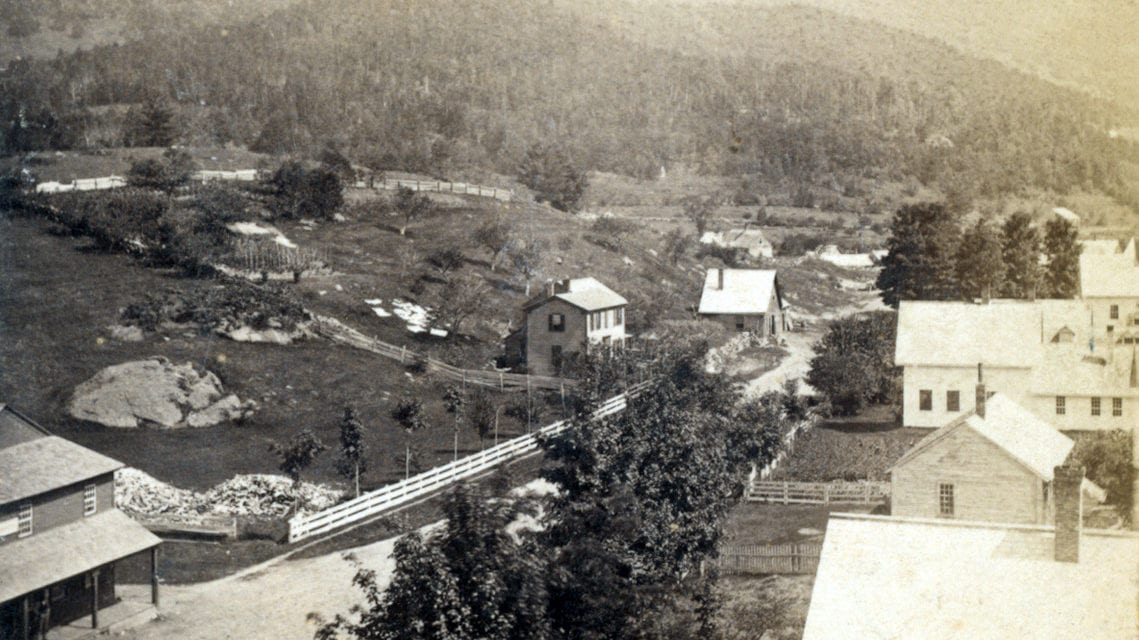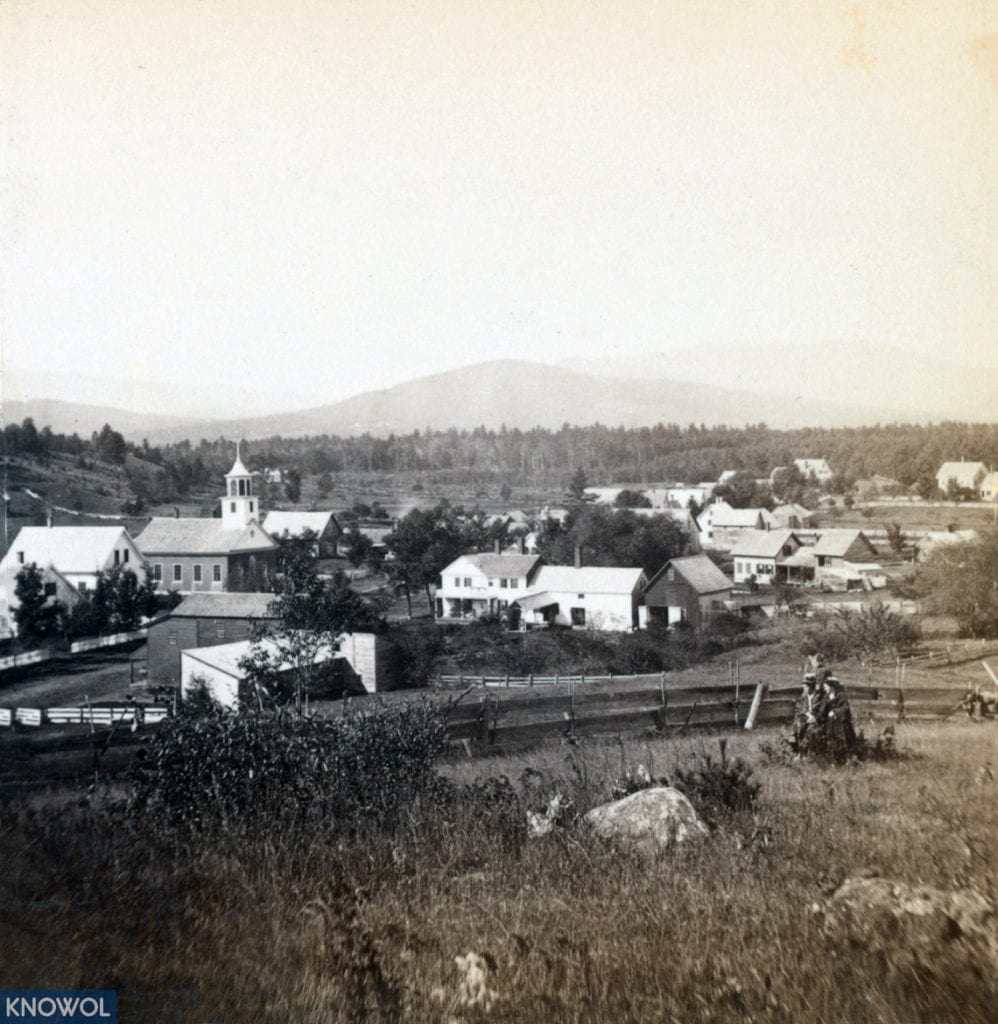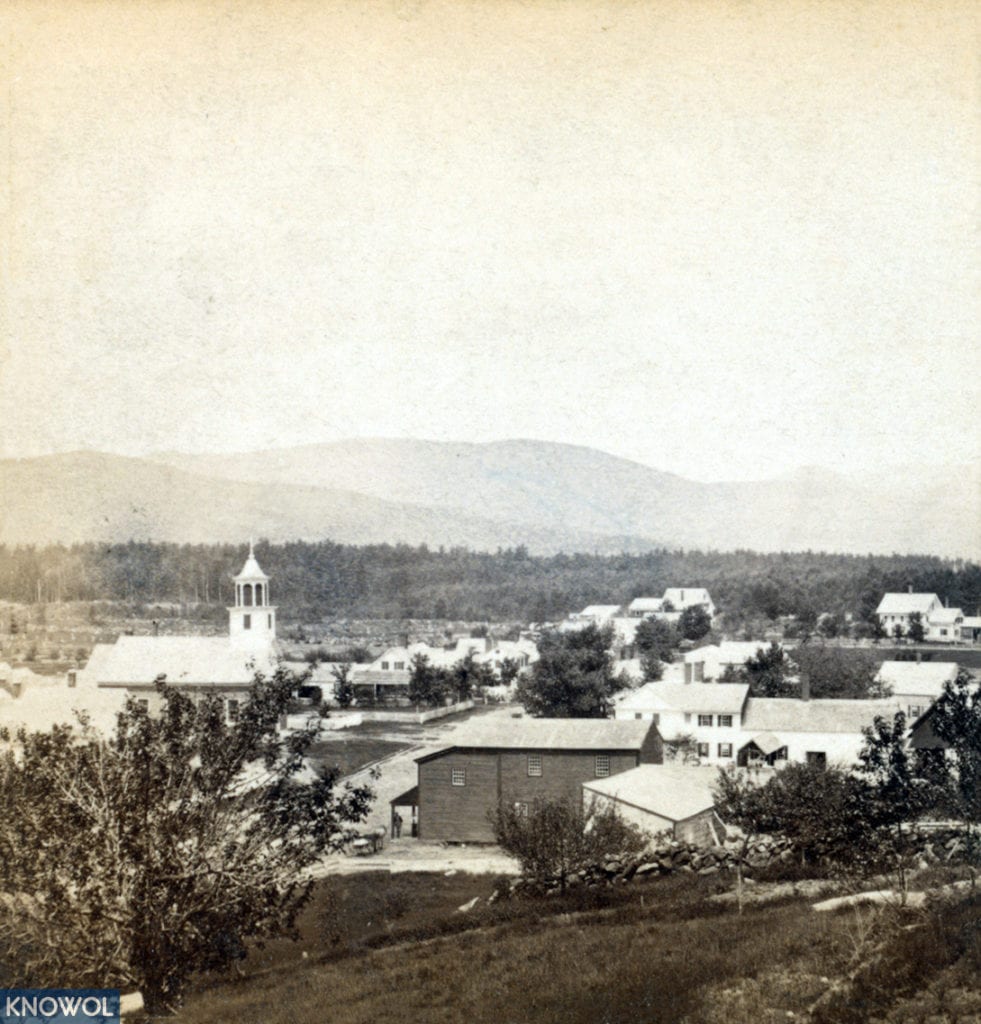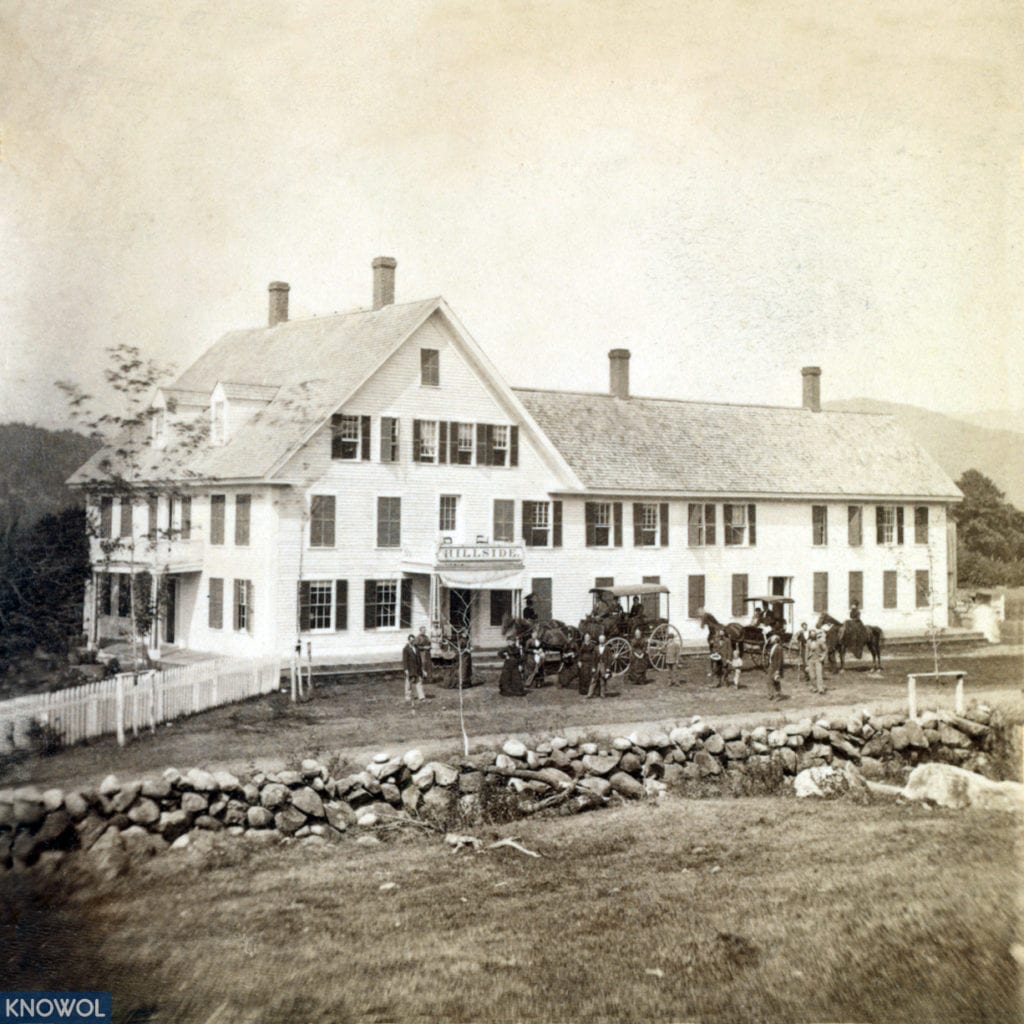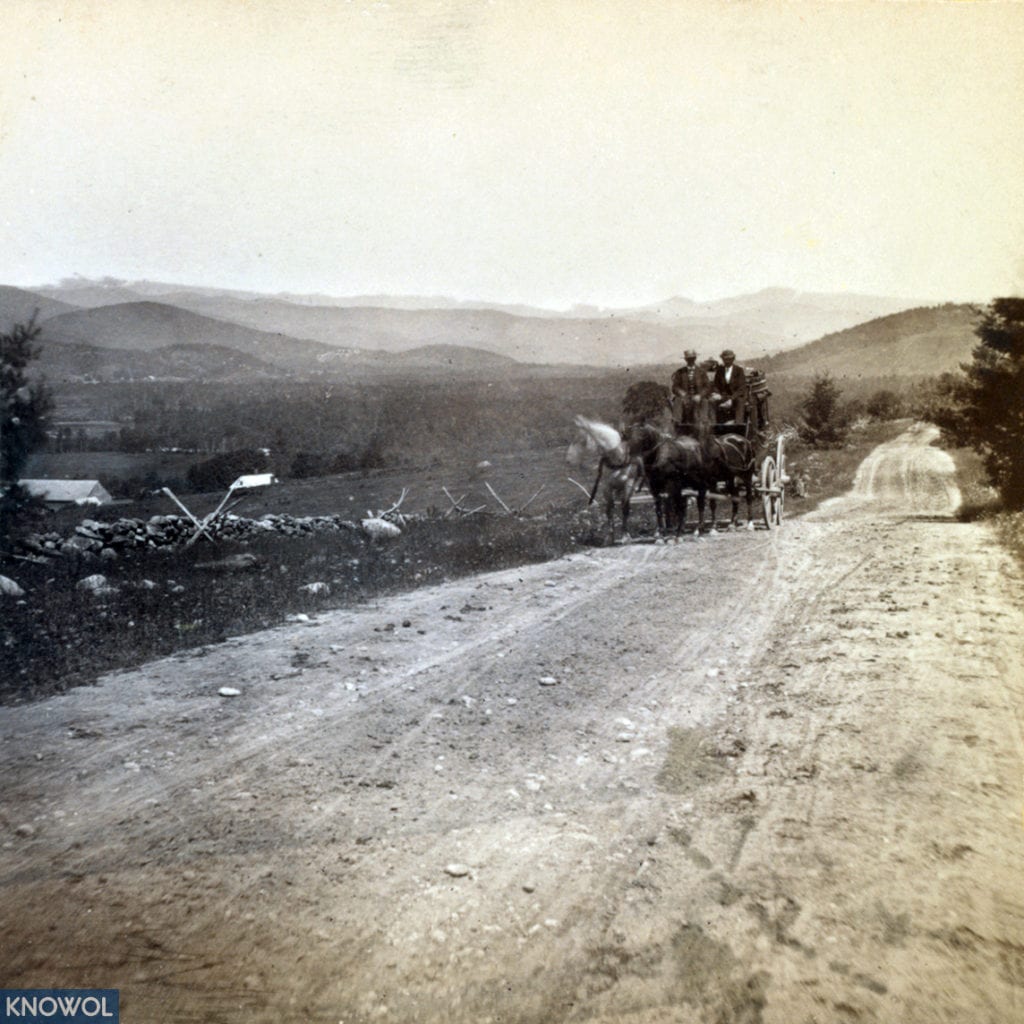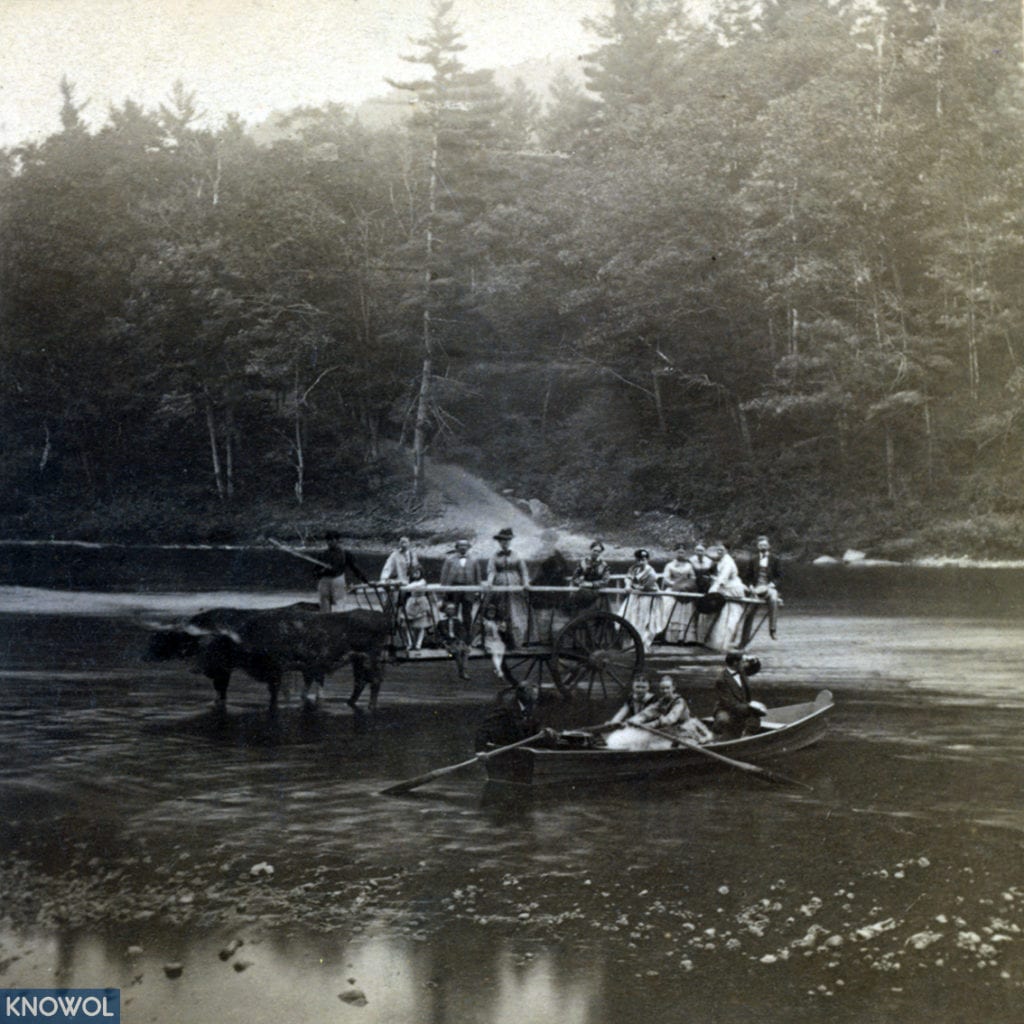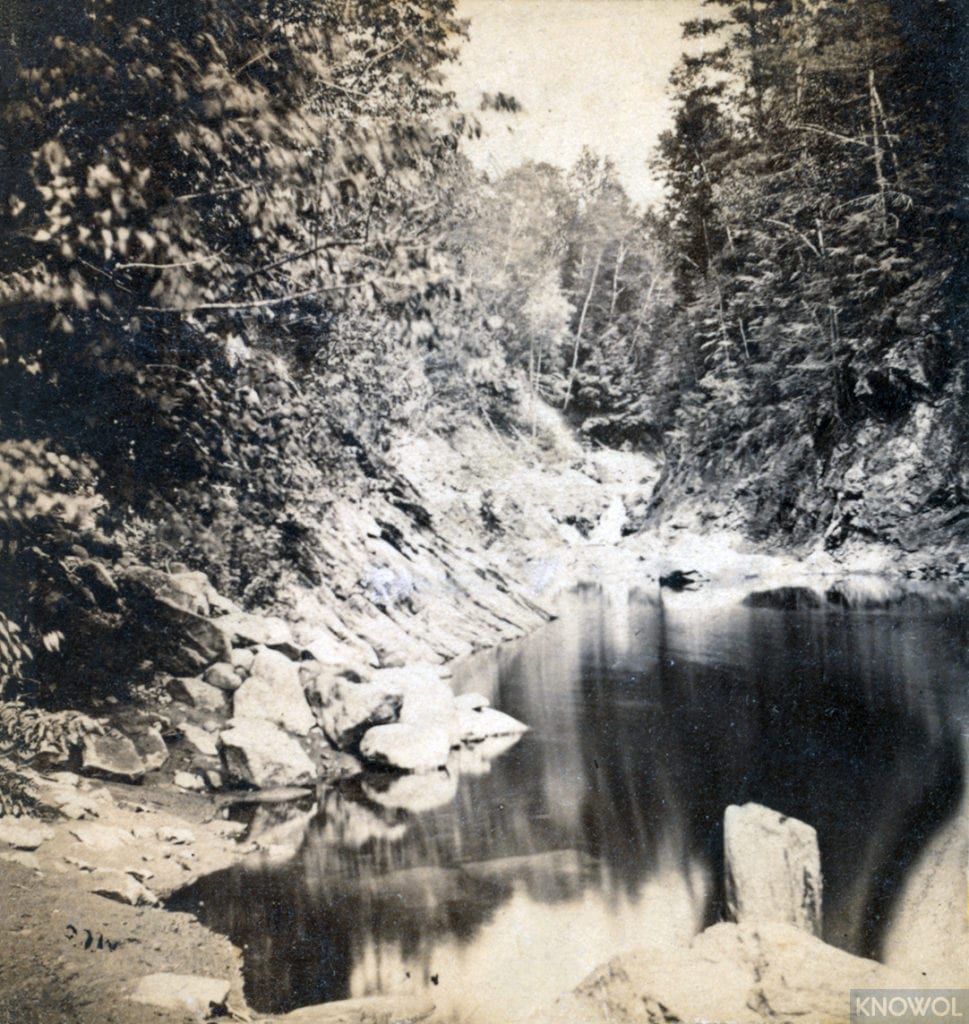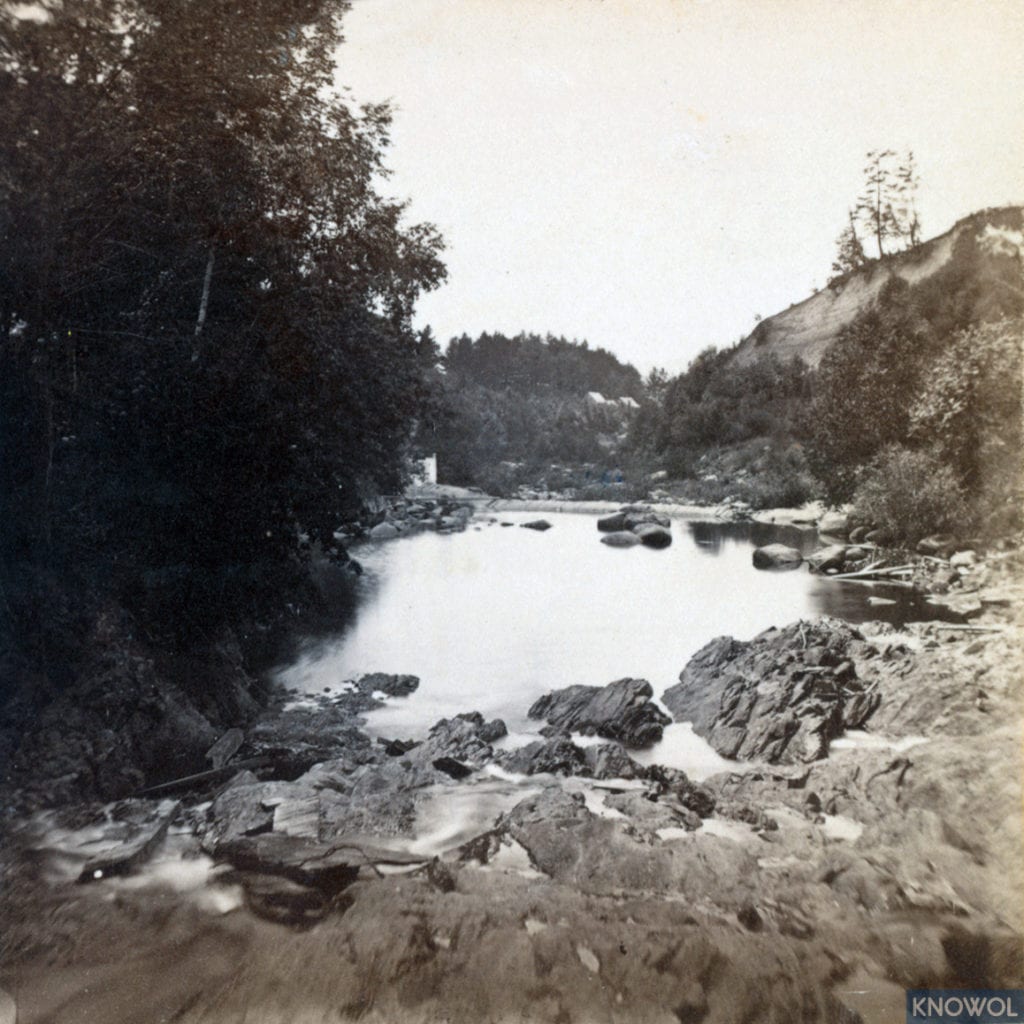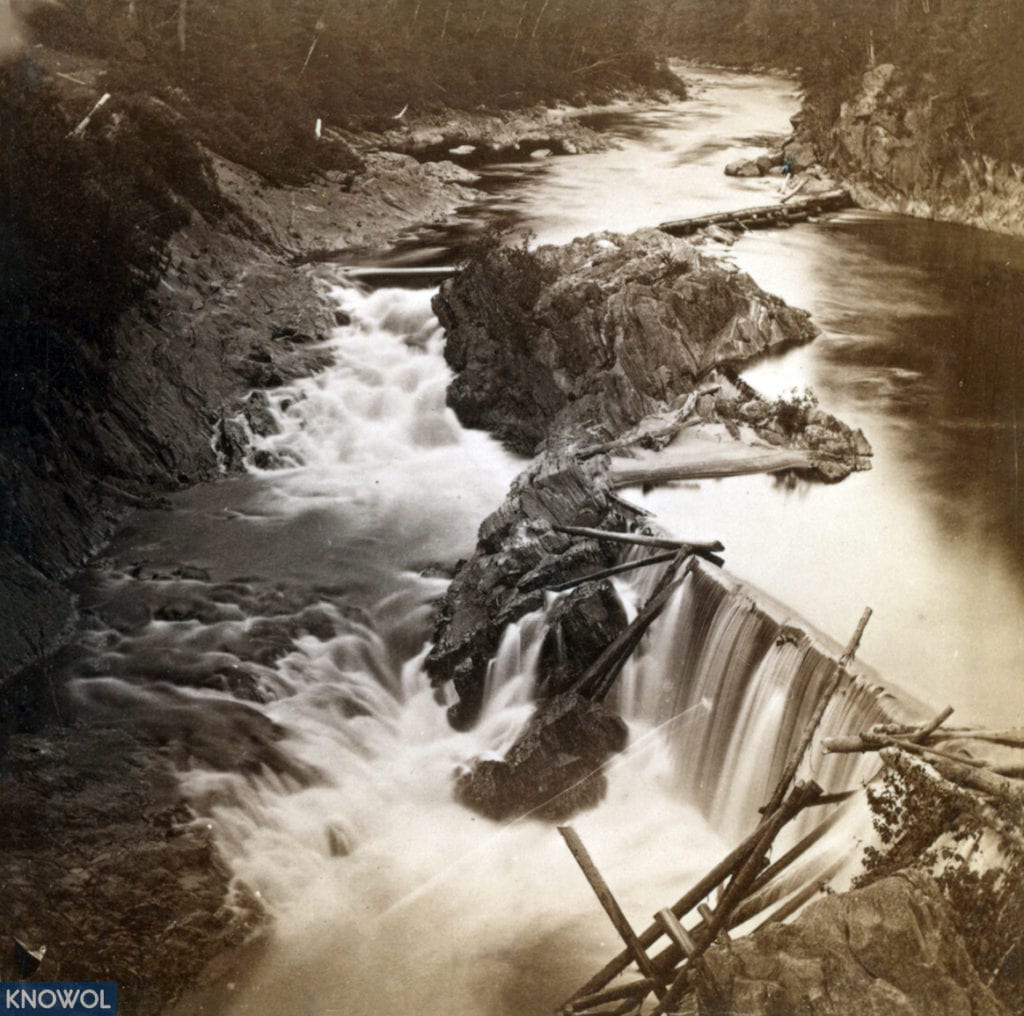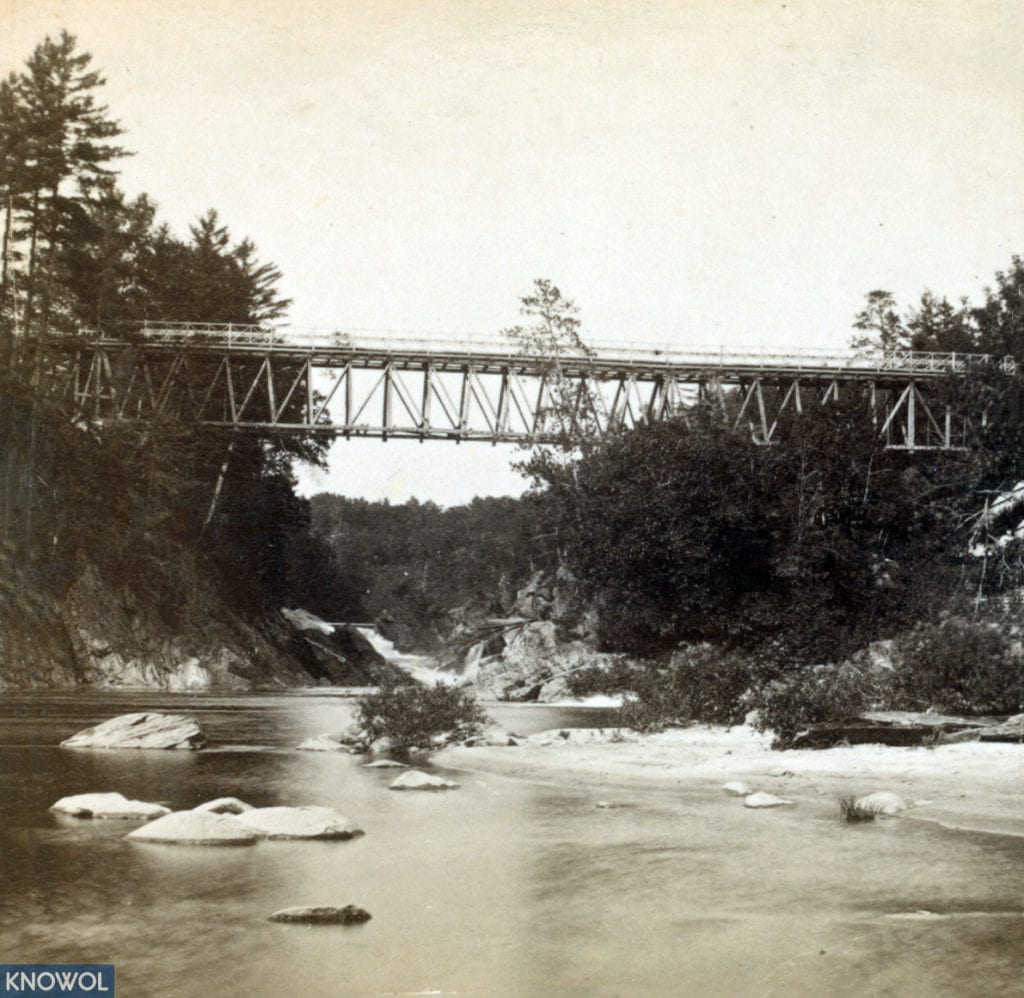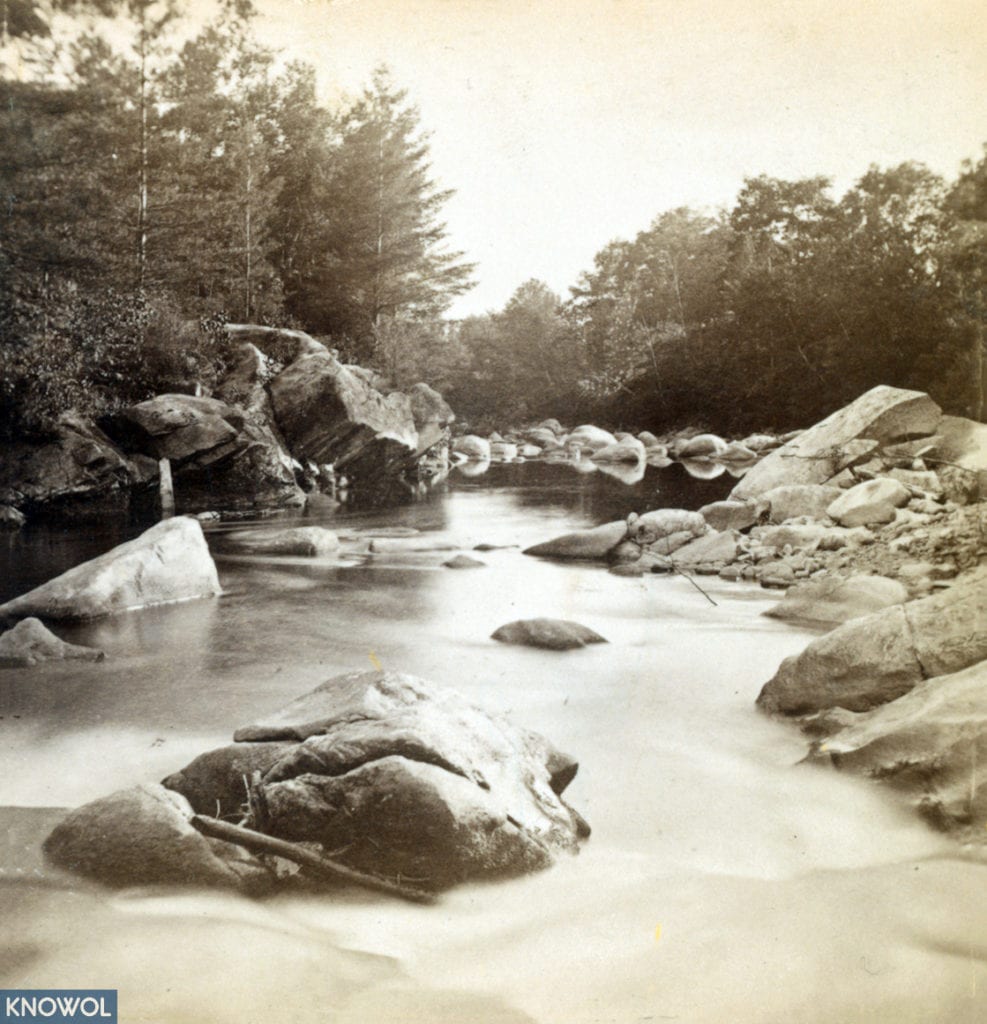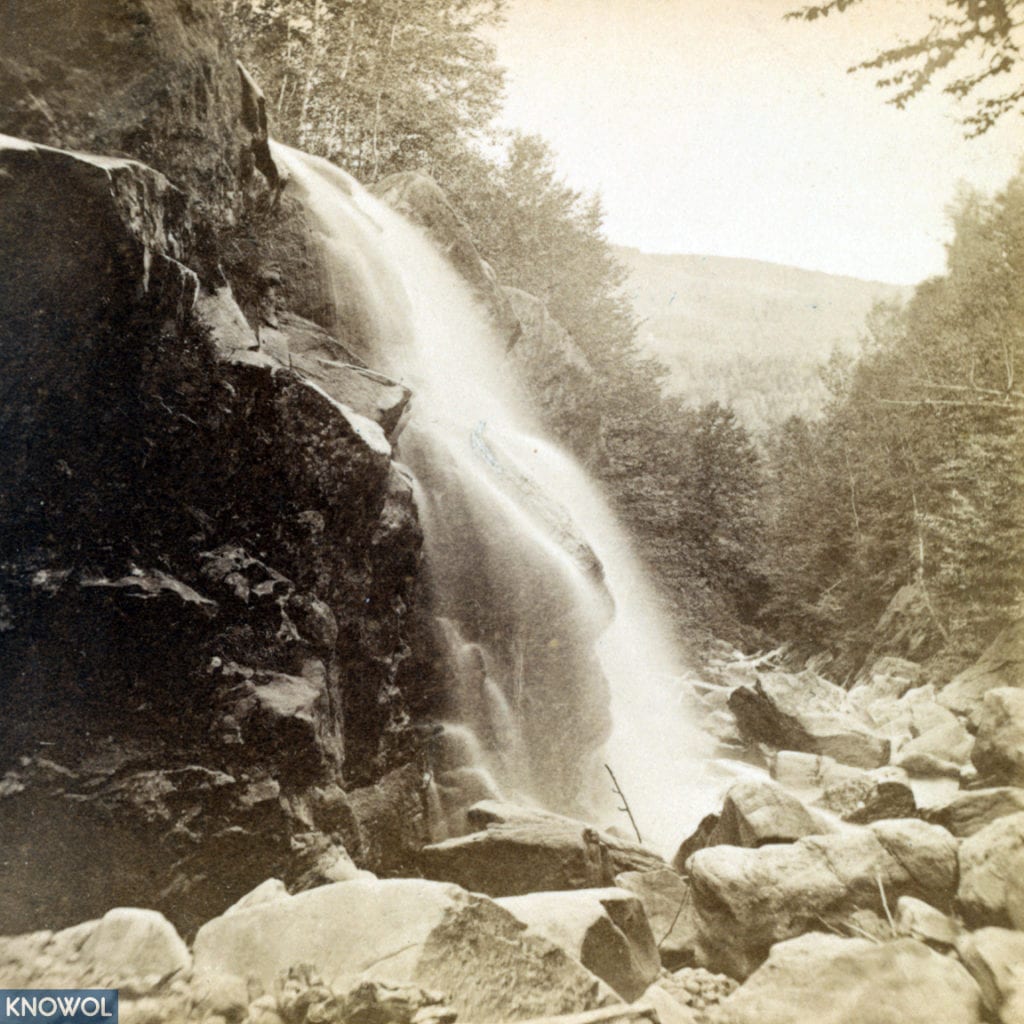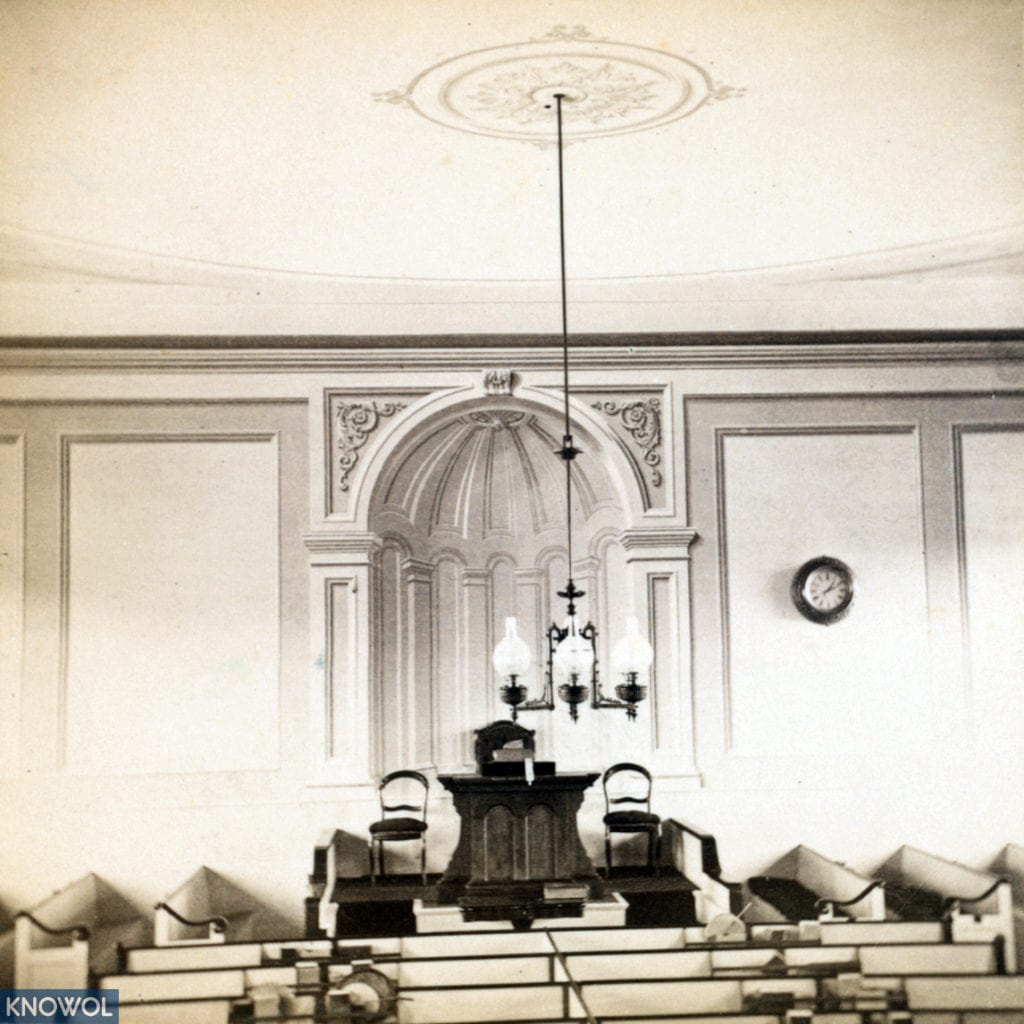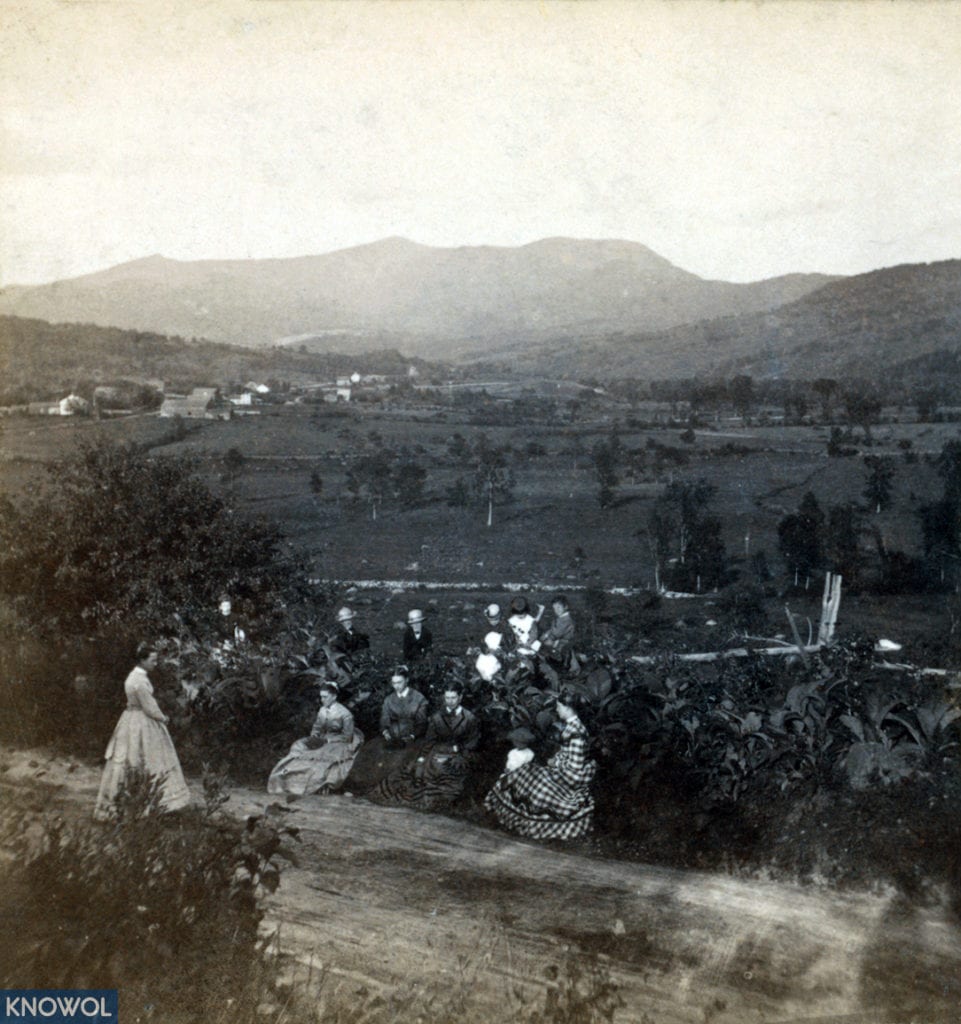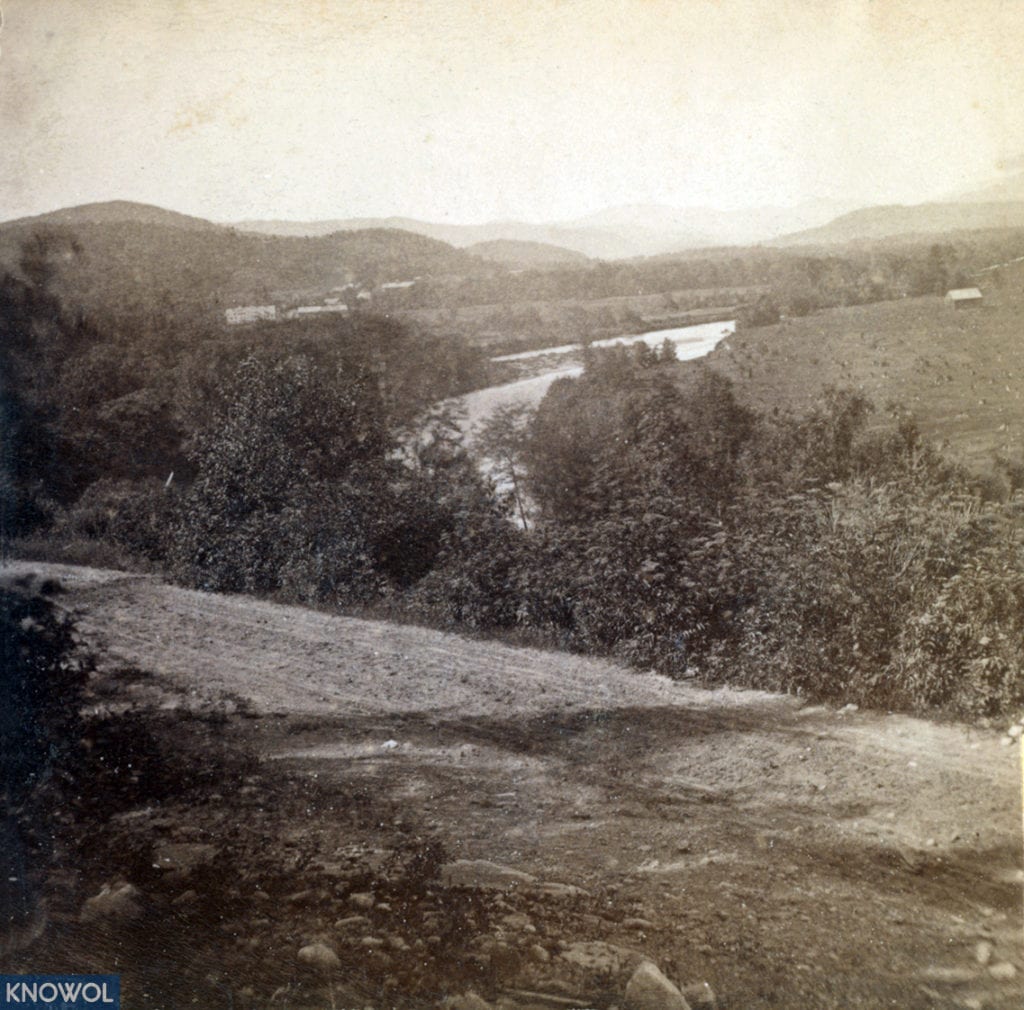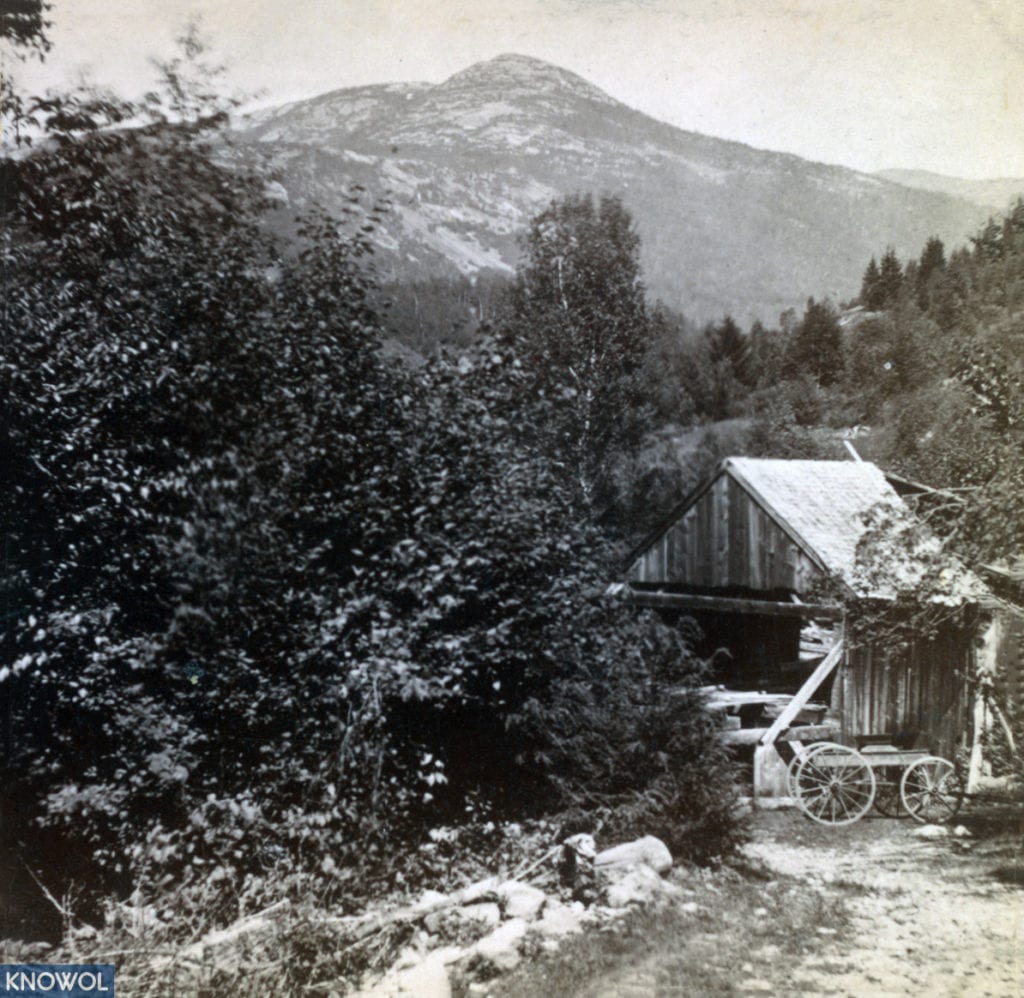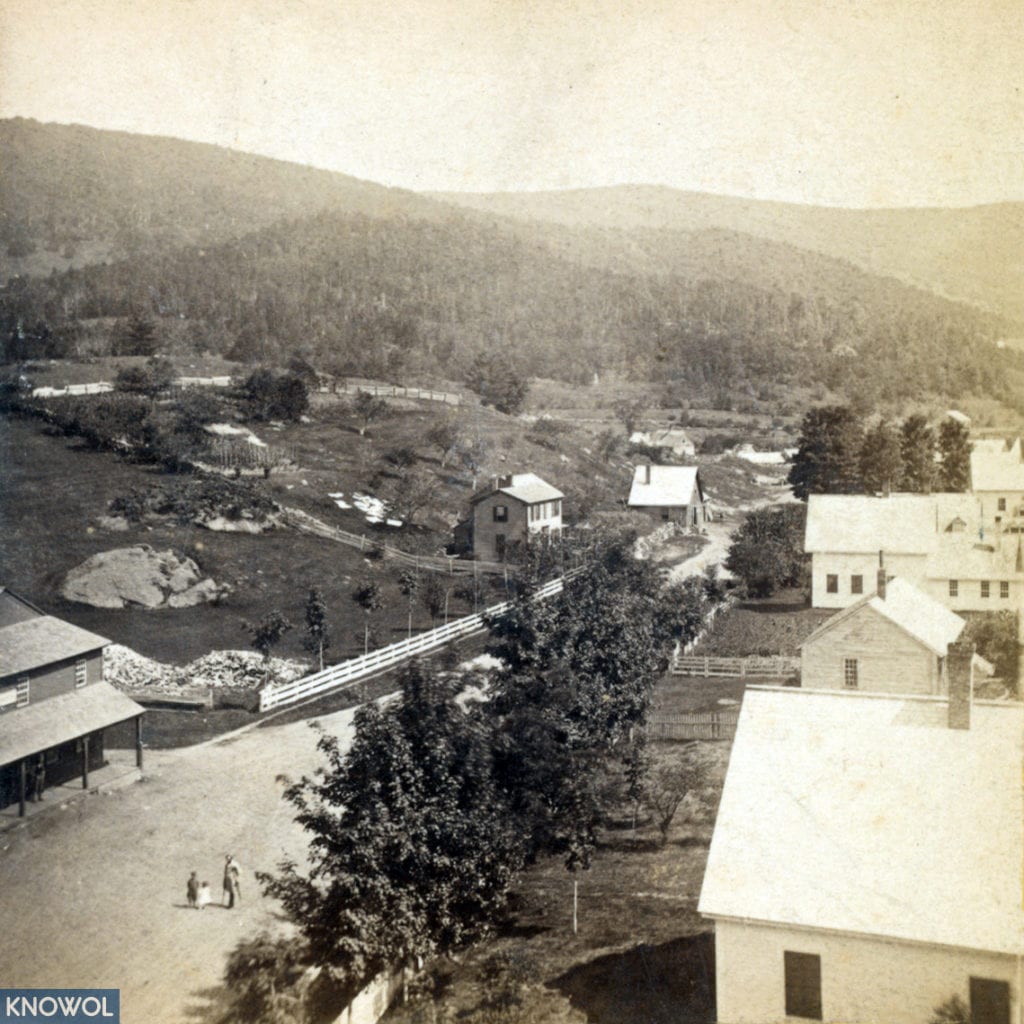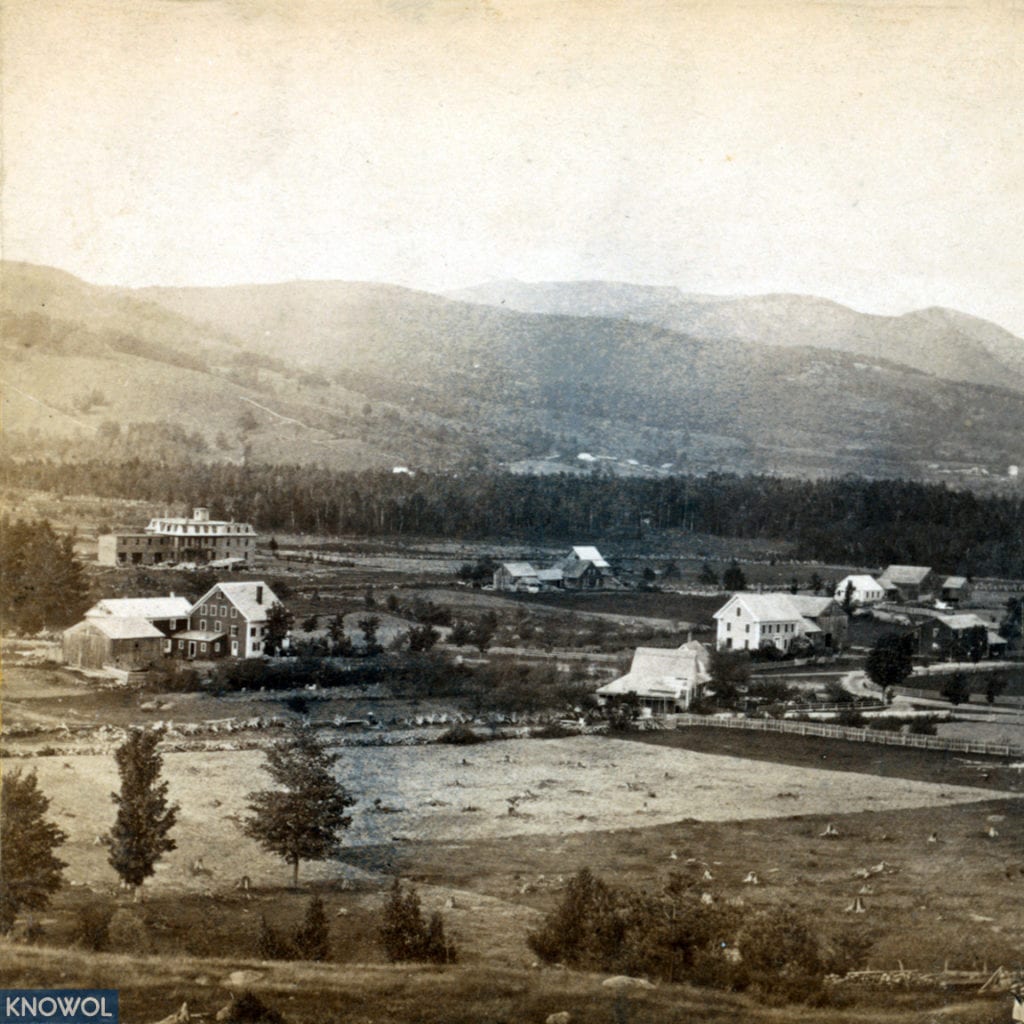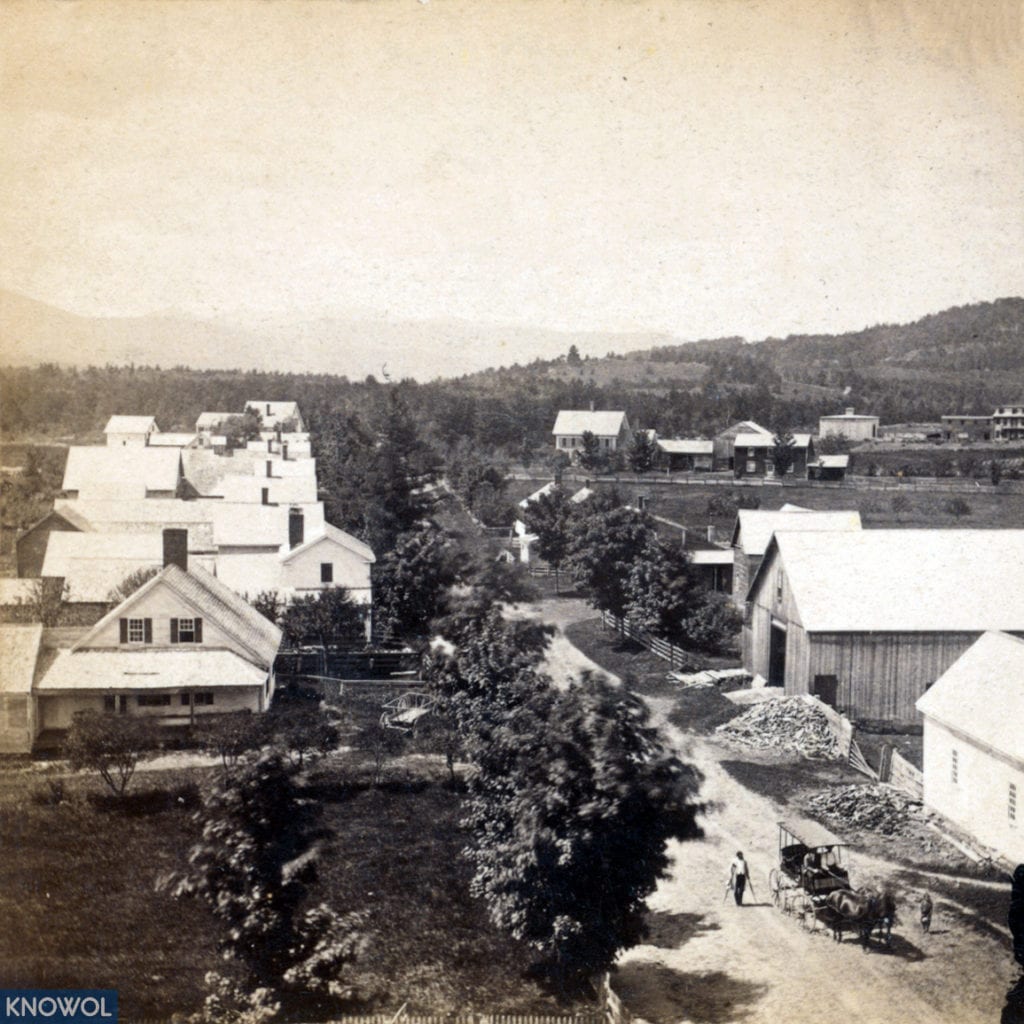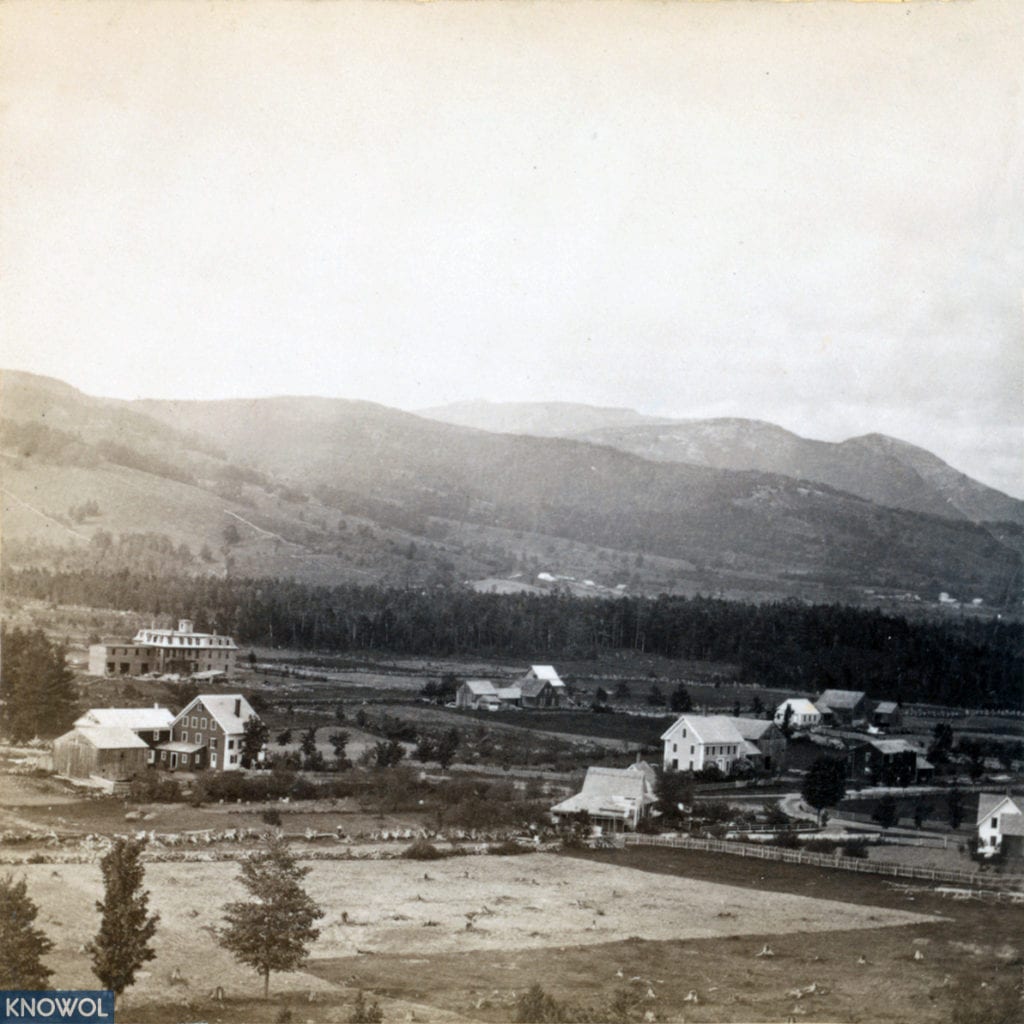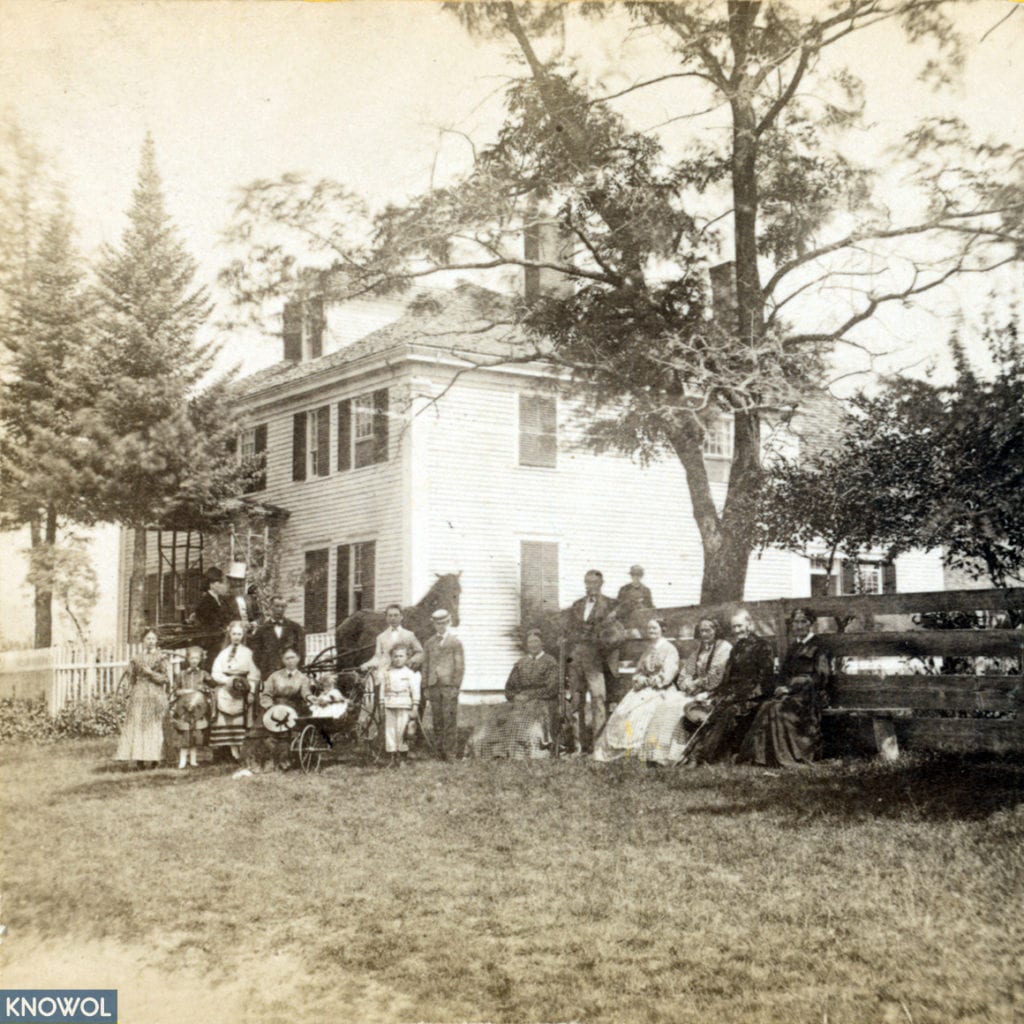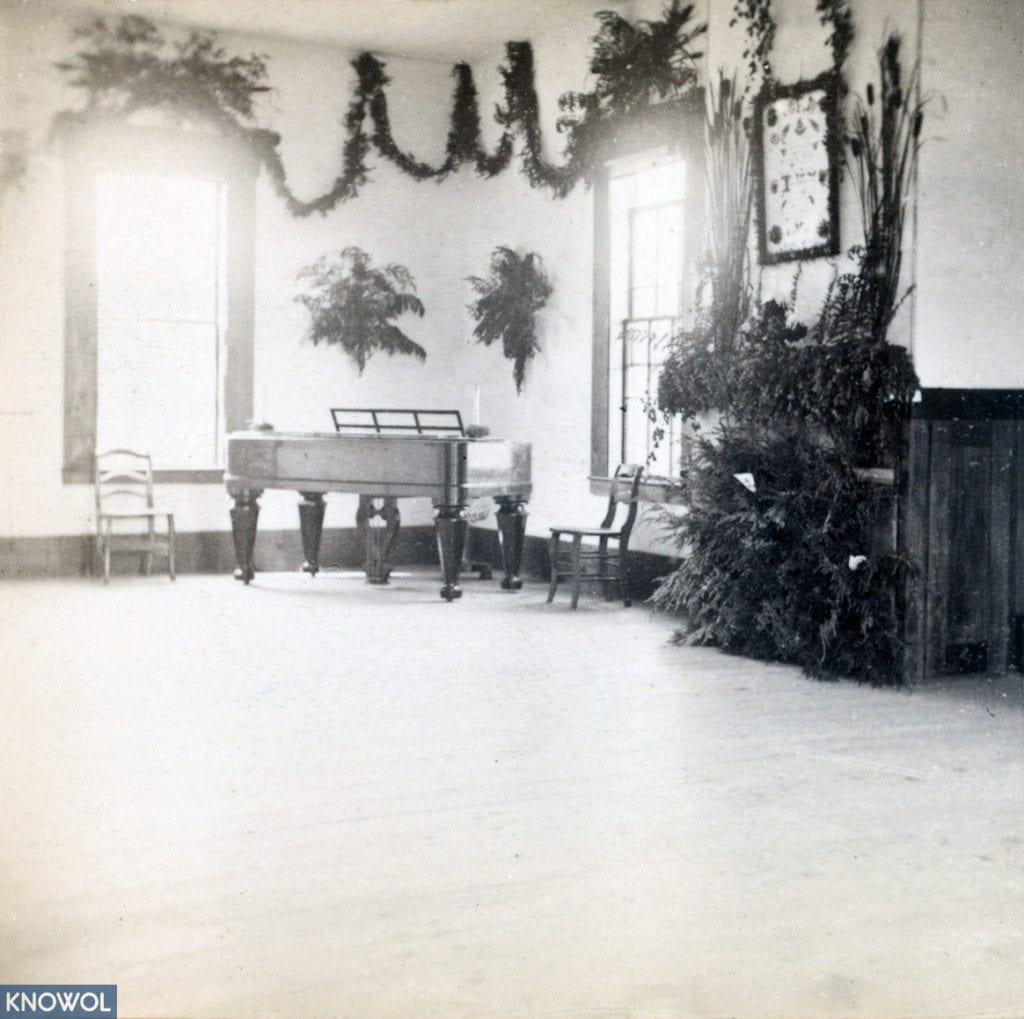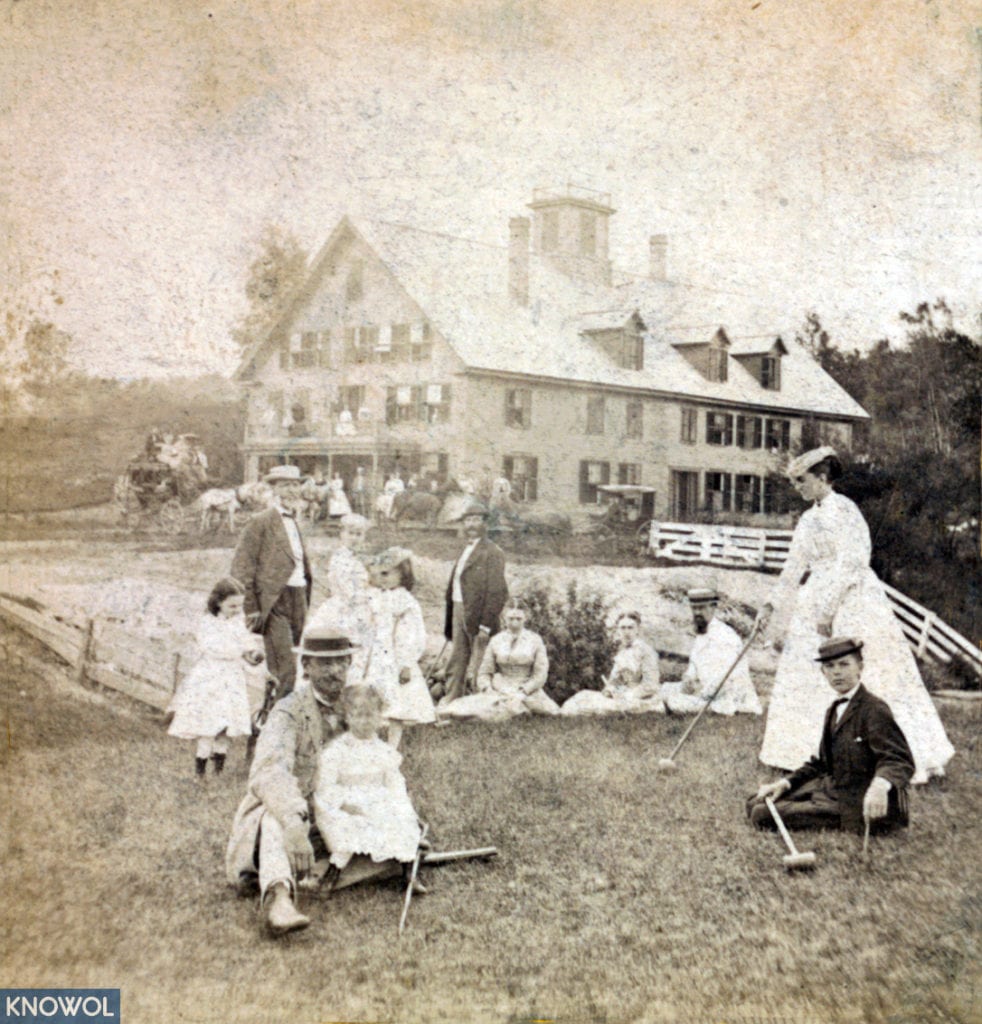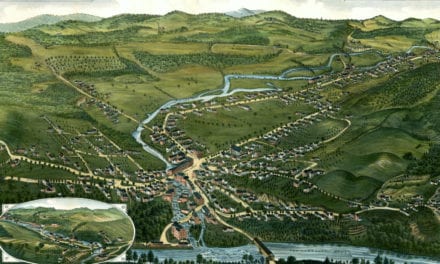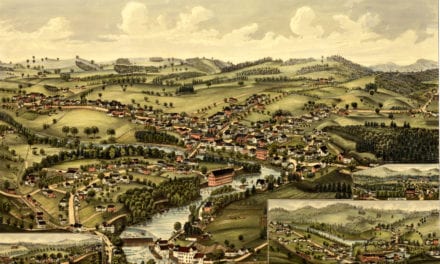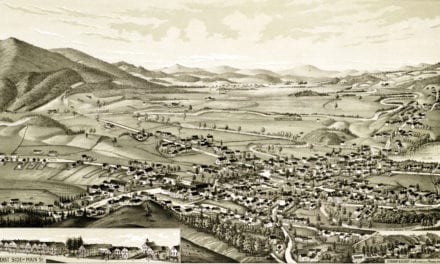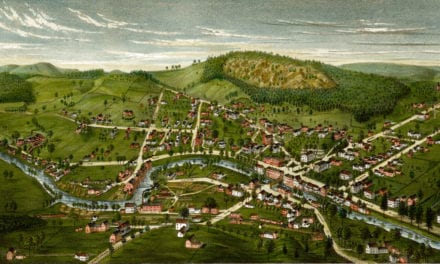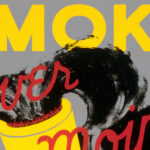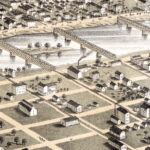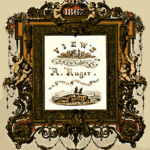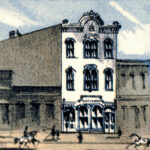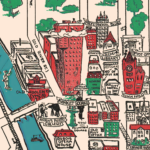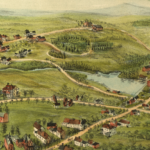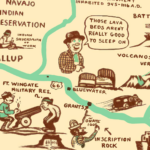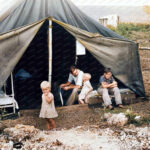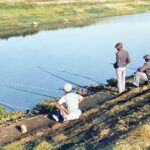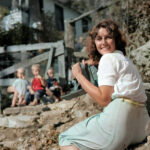These historic photographs show Campton, New Hampshire and the surrounding area in the late 19th century. It is believed that the images were captured in 1876 by E.J. Young. Each picture seen here was restored from a series of stereoscopic views in the Robert N. Dennis collection held by the New York Public Library.
These images are in the public domain and can be freely shared and downloaded. Click here to view the stereoscopic originals.
Campton Village, N.H.
Campton Village, N.H. 1876
Chase’s Hillside, Campton Village, N.H.
Frank Bartlett’s Stage Coach, Campton Village, N.H.
Fording the River in Campton
Beebe’s Cascade, Campton, N.H.
Beebe’s River, Campton, N.H.
Livermore’s Falls, near Campton Village, N.H.
Livermore’s Bridge, Campton, N.H.
View on Mad River, Campton, N.H.
Millbrook Cascade, near Campton Village, N.H.
Interior of the little Church in Campton Village, built in 1826
Mad River Valley, Waterville, N.H.
Starr King’s View, from School House Hill, Campton Village
The Old Mill, near Campton Village, N.H.
View in Campton Village, N.H.
View in Campton Village, N.H.
View in Campton Village, N.H.
View in Campton Village, N.H.
Willey’s, Campton Village, N.H.
Parlor of the Black Mountain House, Campton Village, N.H.
J.C. Blair’s House, Campton, N.H.
A New Hampshire Gazeteer from 1823 described early Campton:
Its surface is broken and uneven, abounding with rocky ledges, and having several mountainous tracts. Besides Pemigewasset river, running North and South through nearly the centre of the town, it is watered by Mad and Beebe’s rivers, which fall into the Pemigewasset on the East, and by West Branch river and Bog Brook on the West.
The land in the valleys is generally good, and there is some good interval. The high land, when not too rocky, is good for grazing. The forest trees are mostly deciduous. There is some hemlock, pine and spruce. No white oak or pitch pine is found North of the centre of the town. Iron ore of an inferior quality is found in some places. There are many orchards, but apple-trees decay much sooner than in more southern situations.

